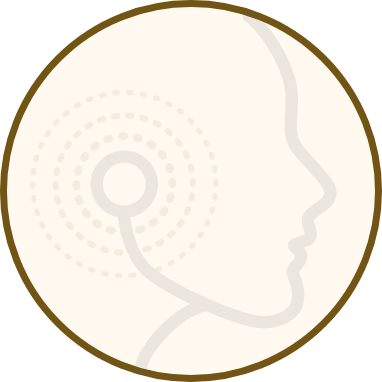 If you’re like the rest of us, you’ll take about 25,000 breaths today. Are you breathing correctly? Do your children breathe properly? Many of the health issues we see in our practice are the result of not breathing right.
If you’re like the rest of us, you’ll take about 25,000 breaths today. Are you breathing correctly? Do your children breathe properly? Many of the health issues we see in our practice are the result of not breathing right.
Surprised?
As a result, you might be compromising your sleep, affecting your mood and interfering with digestion. Improper breathing can affect your heart and brain. It can even change the structure of your jaw, teeth and even your facial structure.
In this post we want to share some of the most important principles of proper nasal breathing.
Unless you’re running to catch a bus, every breath you take should come in and out through your nose. Your nose and sinus cavities filter, refine and prepare the air for your body. In the process, the air is warmed and dust and germs are filtered out.
Instead, some people breathe in and out mostly through their mouth. This is known as mouth breathing.
Mouth breathing puts strain the body and actually delivers less oxygen. Plus, it can contribute to improper tongue position, affecting the growth and development of the face and jaw.
Those who suffer from sleep apnoea often breathe through their mouth at night.
Granted, if you have a stuffy head cold you may need to breathe through your mouth for a day or so. But if you regularly breathe through your mouth you may have an obstruction. Or it’s become an unhelpful habit.
How to breathe through your nose:
- Close your mouth to produce a good seal.
- Rest your tongue comfortably in your mouth.
- Avoid clenching your teeth or tightening your jaw.
- Breathe in and out through your nose.
It usually won’t take more than a couple of days of nose breathing to open up your nostrils. If not, arrange a no-obligation visit to our practice and get a professional evaluation.
Finally, become more mindful of how your children breathe. Treating this issue early on can often help avoid crooked teeth, craniofacial abnormalities and other health issues. Please ring our practice if you have concerns or questions.

